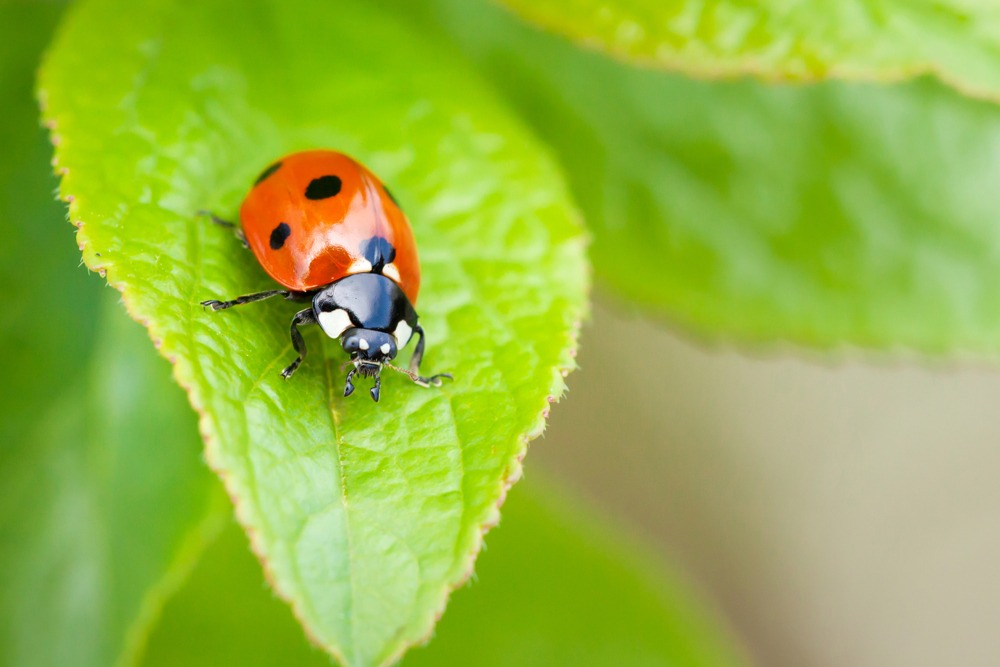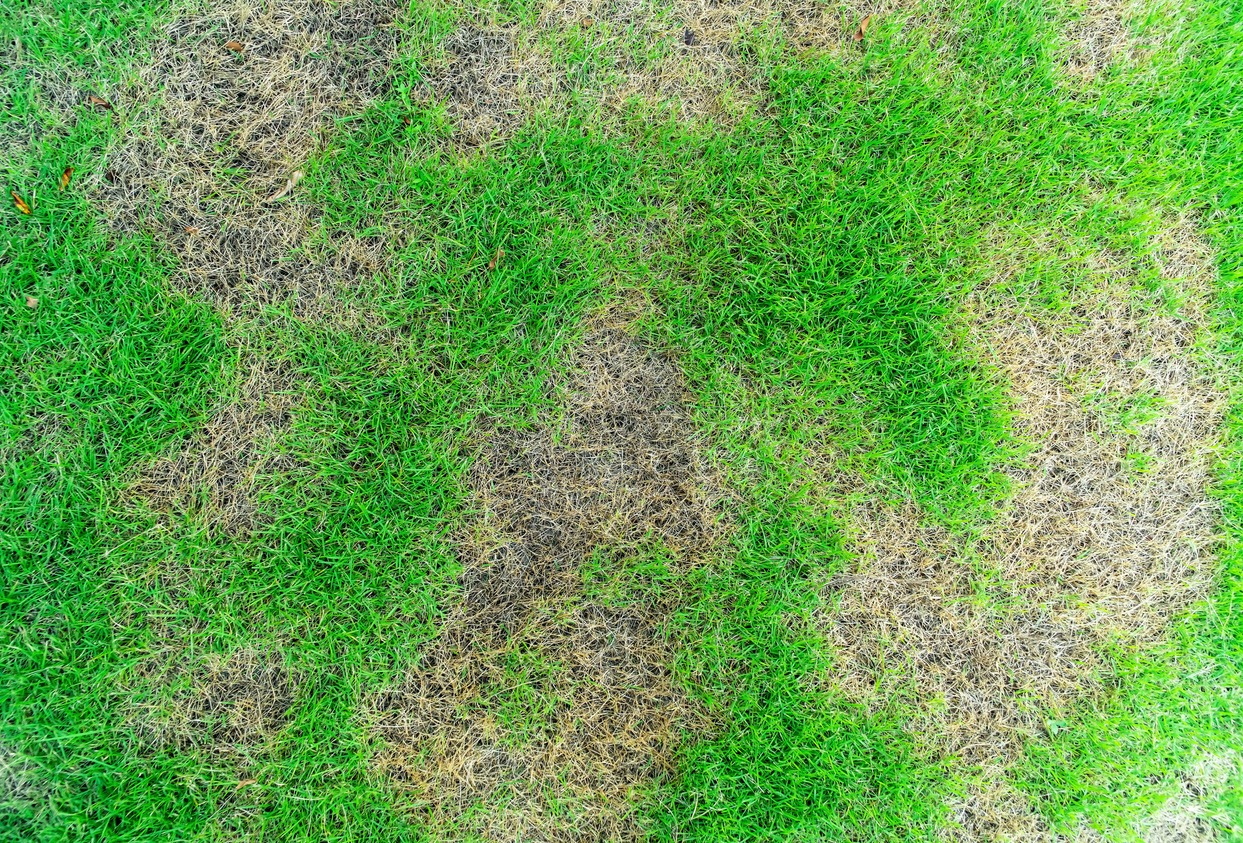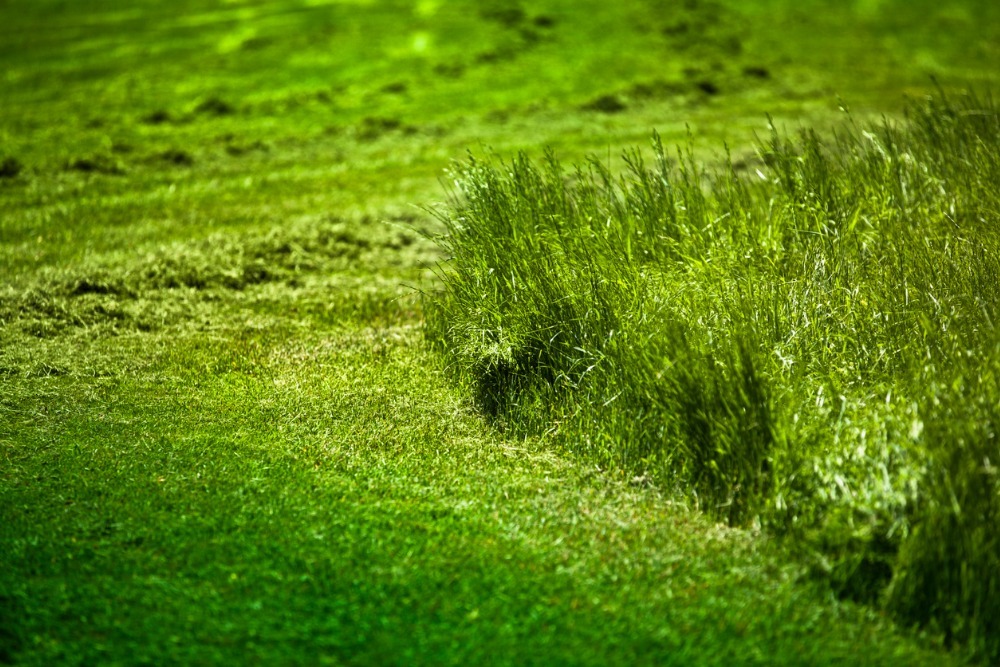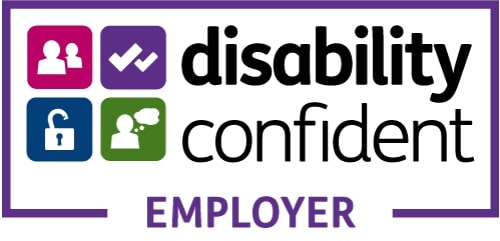
Ants
During warm weather or rainy seasons, you may discover ants entering your house and garden. Although ants will eat more annoying pests such as fleas and bedbugs, when they decide to share your home, these insects are less than helpful.
How to get rid of and prevent ants in your home
Clear away food
The first step to getting rid of, and preventing ants coming into your home is to keep food stored in airtight containers. These can be picked up at a reasonable price from discount stores and supermarkets.
Once food has been cleared away, ensure to wipe down surfaces and clear any food and drink spillages immediately; not forgetting to clean the inside of cupboards and under the kitchen sink too.
Ant spray
Once you have completed step one, it’s best to give your kitchen surfaces and floor a final wipe down using an eco-friendly ant-spray. This can be made easily at home with vinegar and water, just mix one-part vinegar to one-part water, to help deter any ants and upset their pheromones.
Block entry points
If you can identify how ants are accessing your home, fill any cracks and crevices with a sealant. These will likely be around doors and window frames.
Ant deterrent
If you have done all the above, and they are still finding their way into your home, a natural deterrent will be your next step. Ants hate salt, chalk, curry powder, pepper and cinnamon, so lightly dust the entry areas with any of these.
Do be careful with this method and avoid any getting into your pet or child’s nose, mouth or eyes.
If you are experiencing a heavy ant infestation in your home, you will need to contact a professional pest control company to administer professional treatment.
View a list of professional pest control companies.
Ladybirds
Ladybirds are one of the most familiar and recognised beetles in the UK. Low temperatures make ladybirds inactive during winter time, and this means many will make their way into our homes to get away from the cold, often huddling together in groups.
How to get rid of ladybirds
If you come across ladybirds in your home, gently encourage them into a jar or box and place them outside under a hedge or a suitable sheltered place, during the warmer part of the day.
If you are experiencing a large ladybird infestation in your home, you will need to contact a professional pest control company to administer professional treatment.
View a list of professional pest control companies.
Fleas
Fleas thrive in communal rooms where pets sleep and where there is a lot of activity. Fleas can be found living on domestic animals, in carpets, pet bedding and upholstered furniture such as sofas.
How to get rid of and prevent fleas
If your pet is constantly scratching or you are noticing spotty bites on you or your family members, it could mean you have fleas in your home.
Treat your pet
The cleanest of homes can still attract fleas and it is important to remember to treat the fleas on your pet and the immature fleas in the home environment. If you spot fleas, you must first treat your pet(s) with a flea treatment. It is important to apply veterinary approved flea products on a regular basis to prevent a flea outbreak from reoccurring.
Vacuum
Ensure that you are regularly vacuuming your house thoroughly to capture all stages of fleas.
Wash your pet bedding
This stage will remove any fleas, flea eggs and larvae that are living in your pet’s bedding. It is advised to wash these items at 60 degrees where possible.
Consider a household spray
Household sprays are for use around your home and not to be used on your pet. Most sprays will kill adult fleas and larvae in your home, as well as prevent eggs and larvae from developing.
If you suspect that you have a flea infestation in your home, you can also contact your local Council who can administer a professional treatment.
Find details of Wiltshire Council’s flea treatment service.
Find details of Bath & North East Somerset Council’s flea treatment service.
We are aware that Somerset Council does not offer a pest control service. If you live within this area you will need to find a local contractor. View a list of professional pest control companies.







